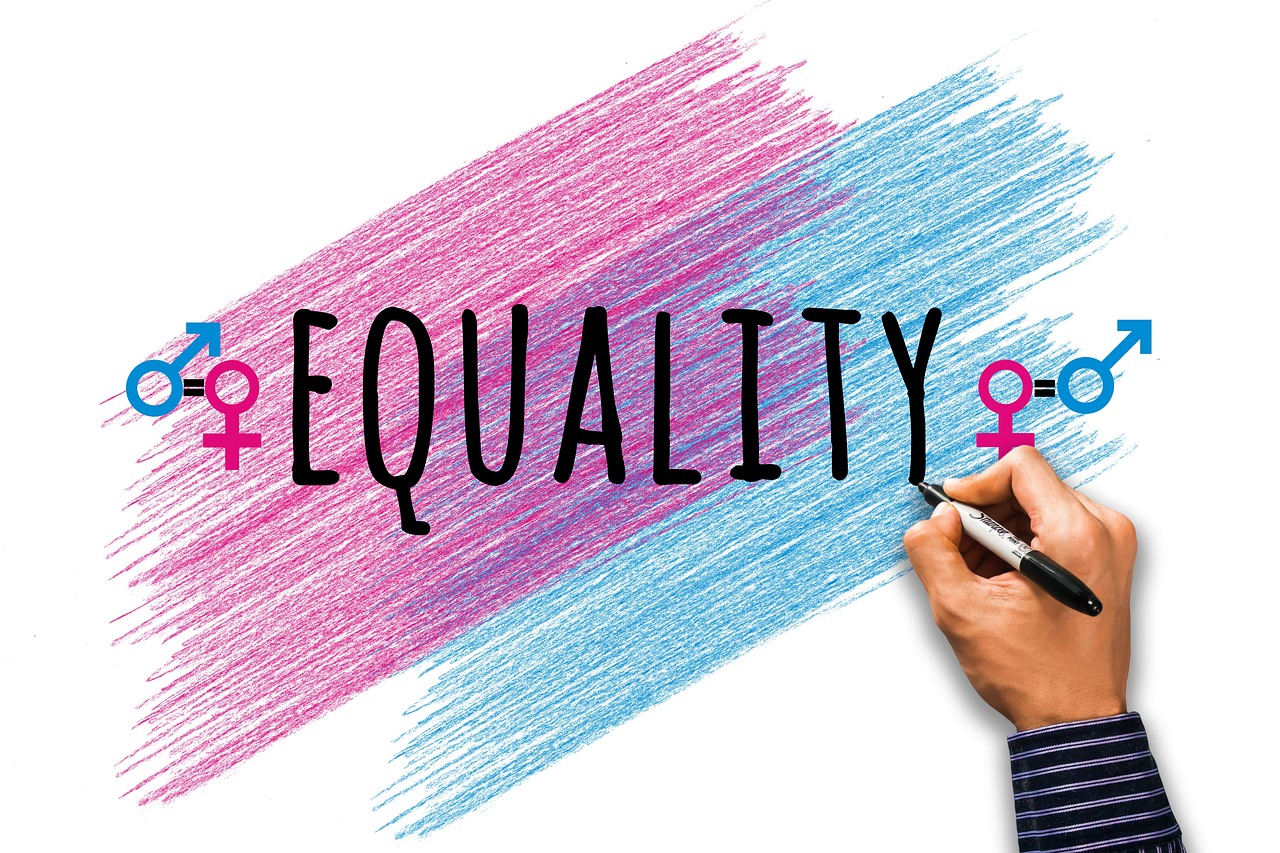Discriminatory dress codes
Are women the only people to be subject to discriminatory dress codes? It would appear not…
British Airways have dismissed a worker for wearing his hair in a ‘man bun.’ The airline stated that his hair did not conform to their strict uniform standards and allegations were raised that BA even suggested that he cut it off, wear it in dreadlocks or wrap it in a turban. The alleged suggestions may well have hiked any claim up from one discriminatory factor of sex discrimination to two further categories of race/religious discrimination too.
The government have published guidance on dress codes and sex discrimination which provides that dress codes for men and women do not need to be identical, however the standards imposed should be equivalent. It could therefore be argued that BA’s code is not discriminatory towards men as women have similar requirements to meet. However, the guidance explicitly states that gender specific requirements should be avoided, such as the requirement for women to wear high heels and that a requirement to wear make-up or skirts for example is likely to be unlawful.
In August a bar in Shoreditch advertised a waitressing job stating that ‘physical attractiveness is necessary for this role.’ In 2016 much media focus was gained when a newly hired receptionist at PWC was sent home as she did not conform to the dress code of wearing 2 inch heels. It seems absurd that in modern society we are still placing such outdated and archaic standards on men and women in the workplace. A worker’s role is to carry out the tasks and duties assigned to them, not to be assessed on the way they look. The way a person dresses (albeit within reason) surely has no bearing on their ability to do their job.
Although the government guidance goes some way to protecting employees from sex discrimination, it arguably does not go far enough. Allowing different dress codes to be implemented between men and women may cause marginalisation of different groups in the workplace. Gender identity is changing in society and continuing to enforce a difference between what ‘men’ and what ‘women’ should wear may cause more problems than just sex discrimination.
Recommendations for employers
- Make sure any dress code is justified;
- Try and keep dress codes neutral rather than separate codes for different genders;
- Listen to employee’s concerns and discuss and address these promptly.
For further information on discrimination and equality law, please click here or call our expert employment lawyers to discuss your specific requirements on 0207 956 8699 or email info@rllaw.co.uk.



